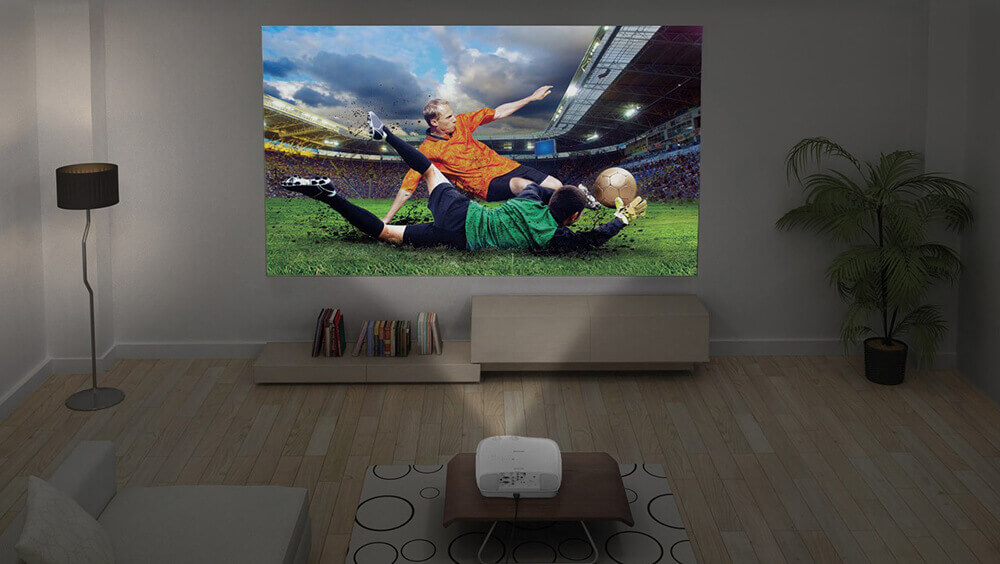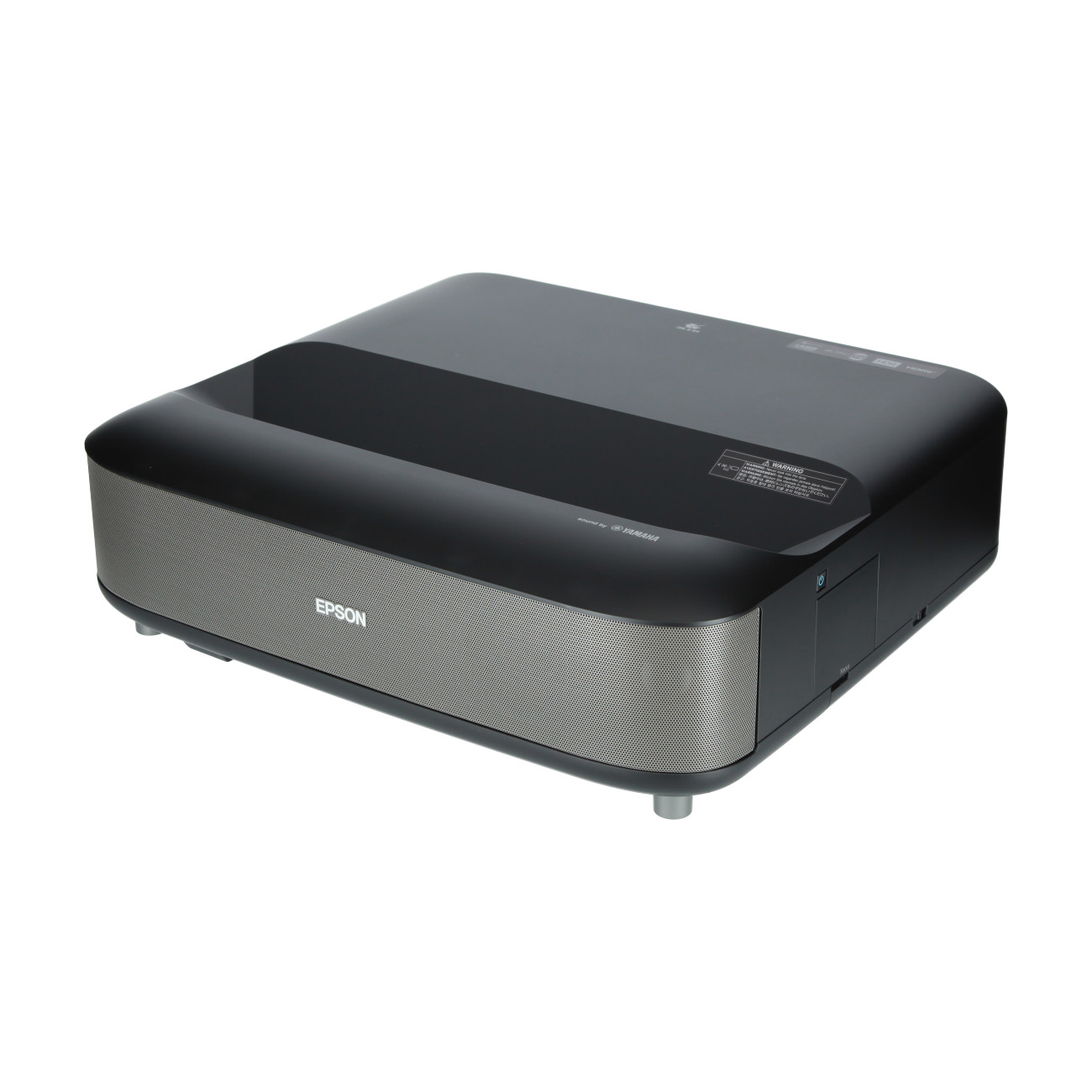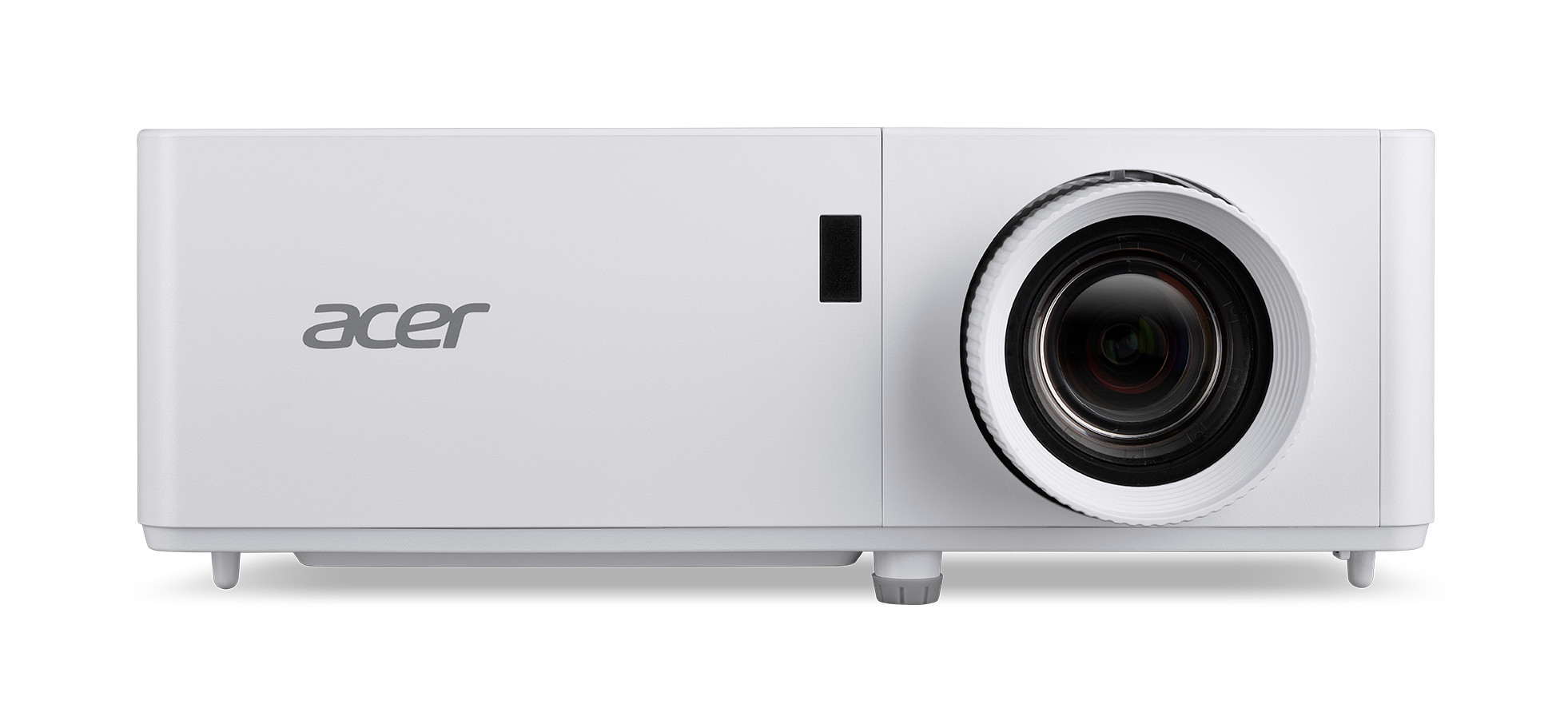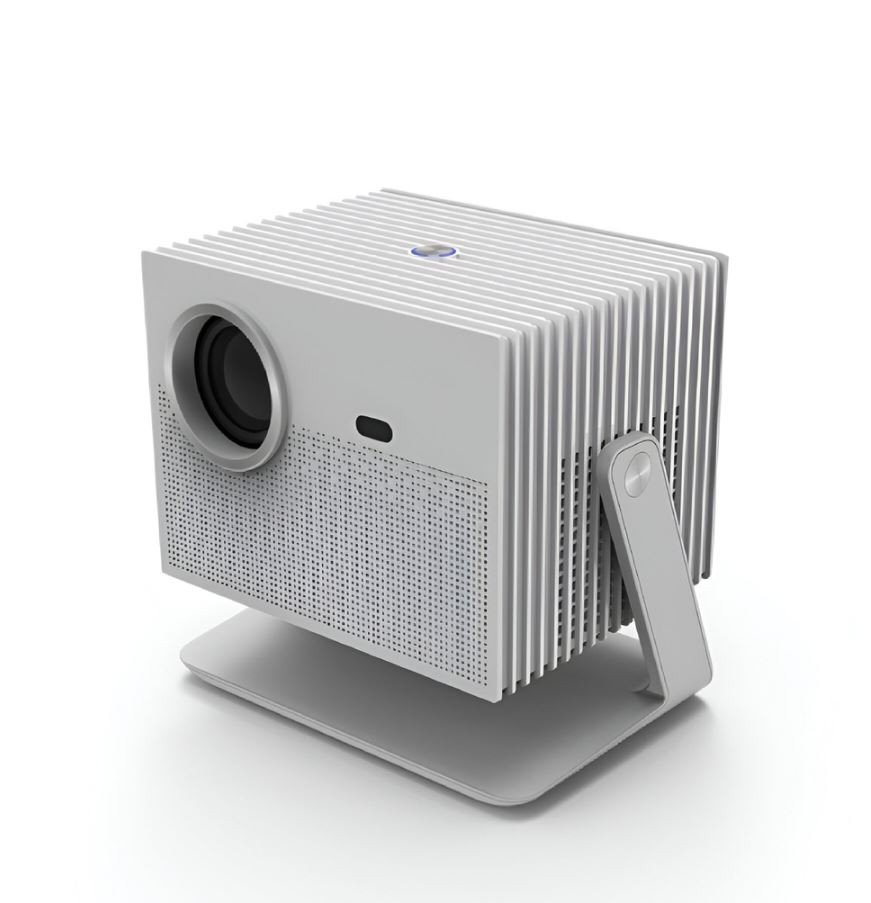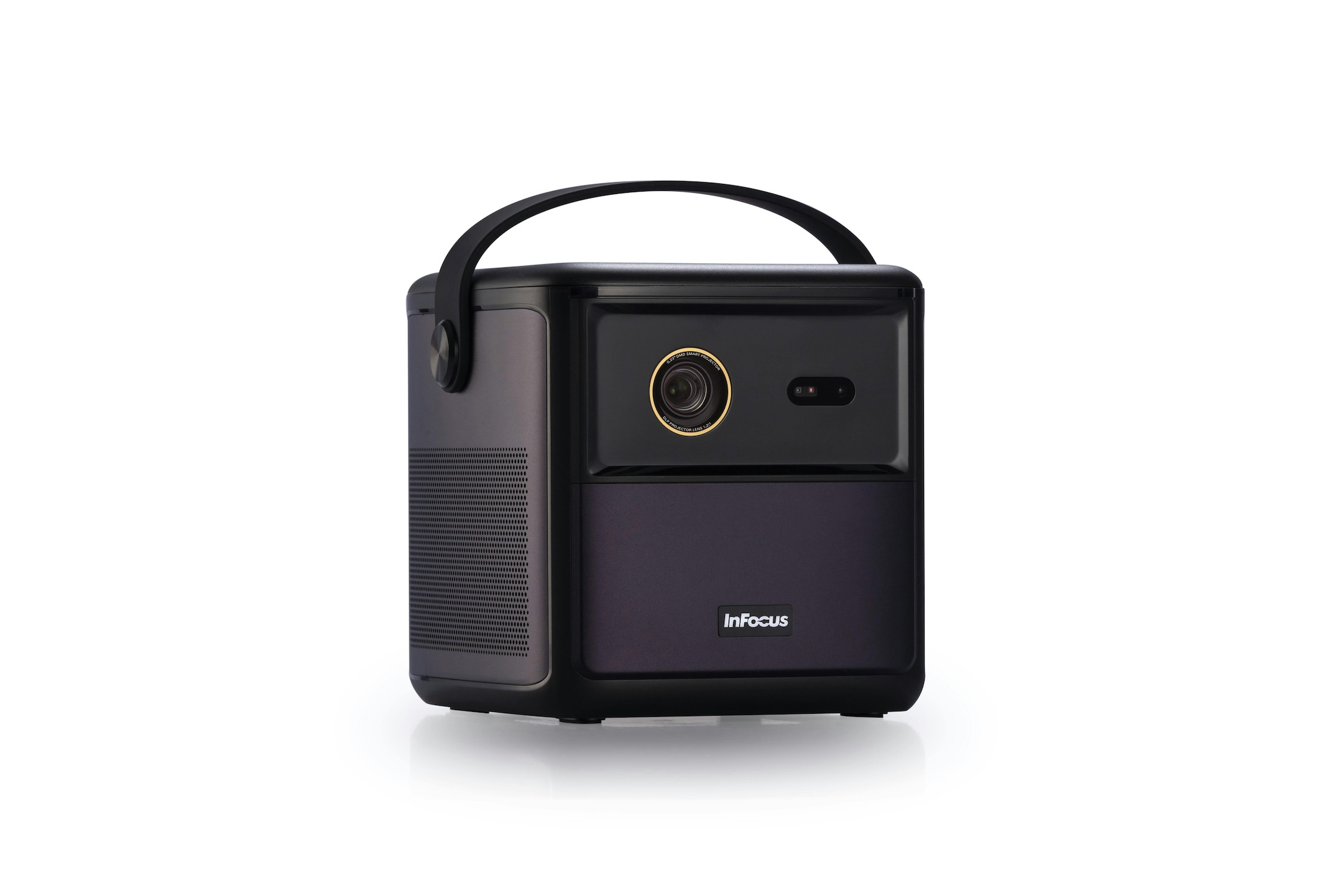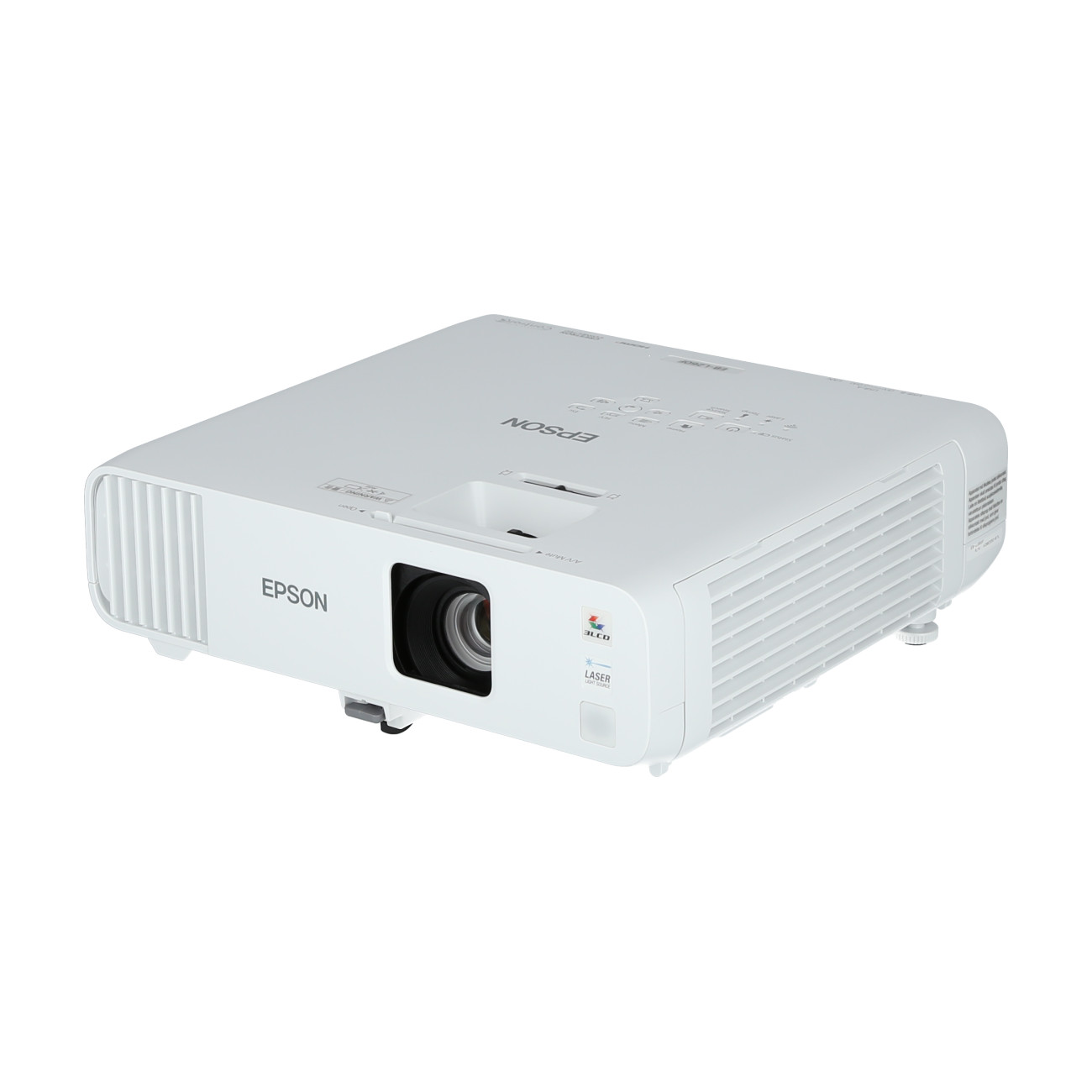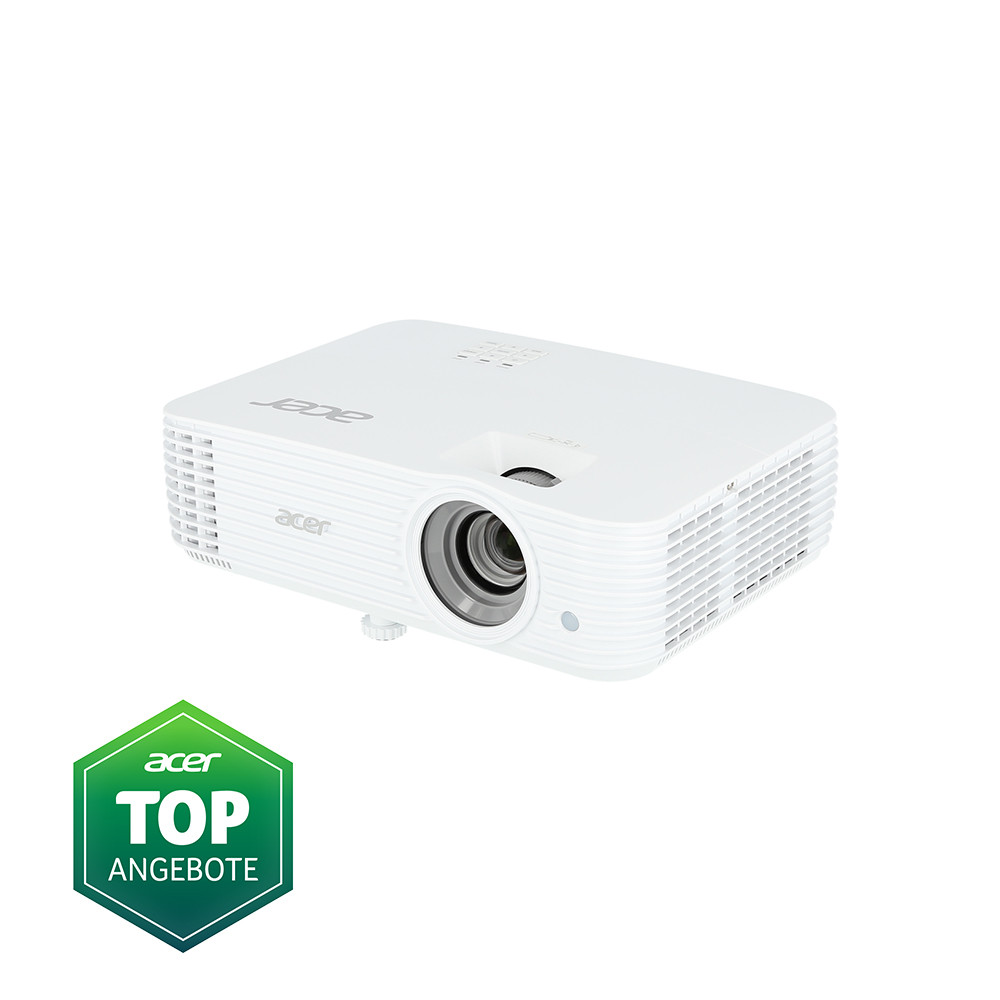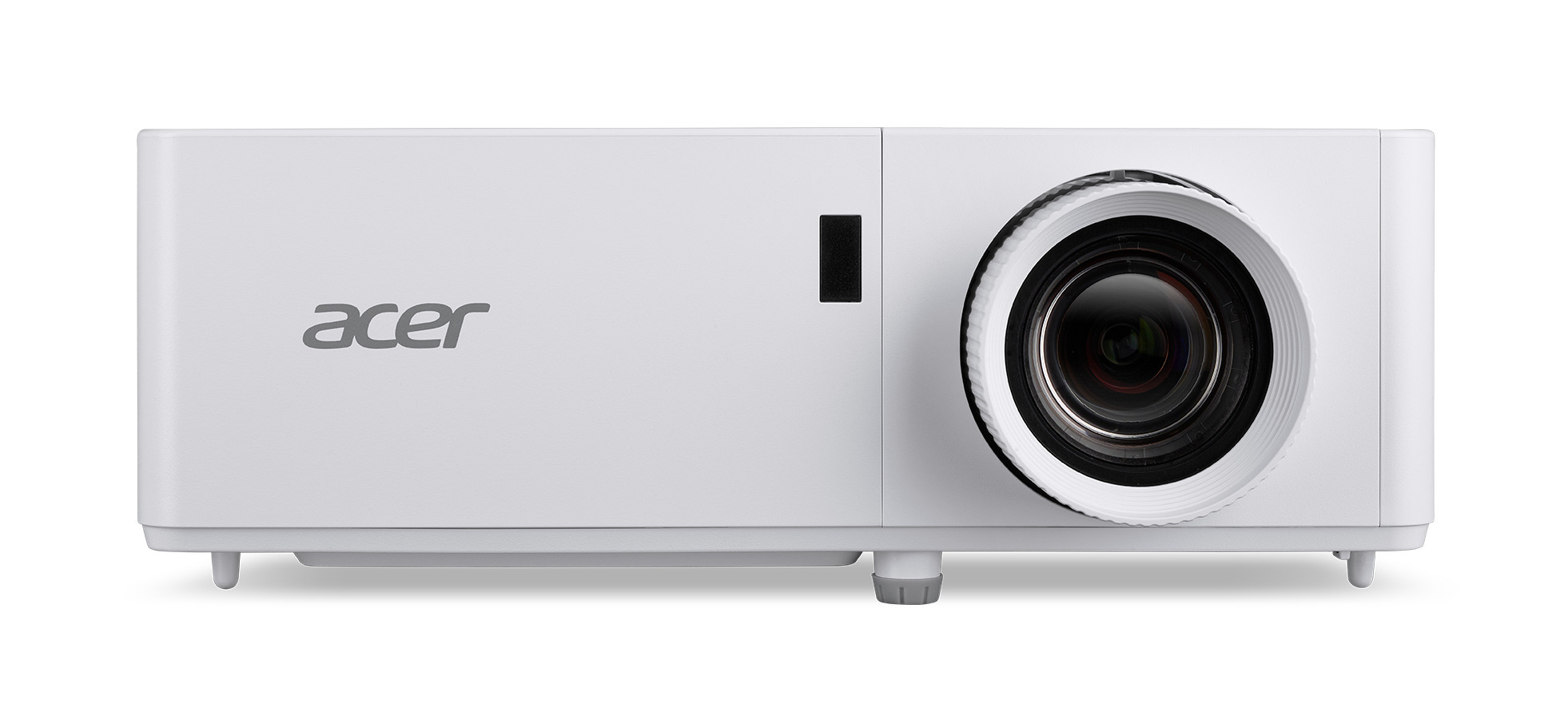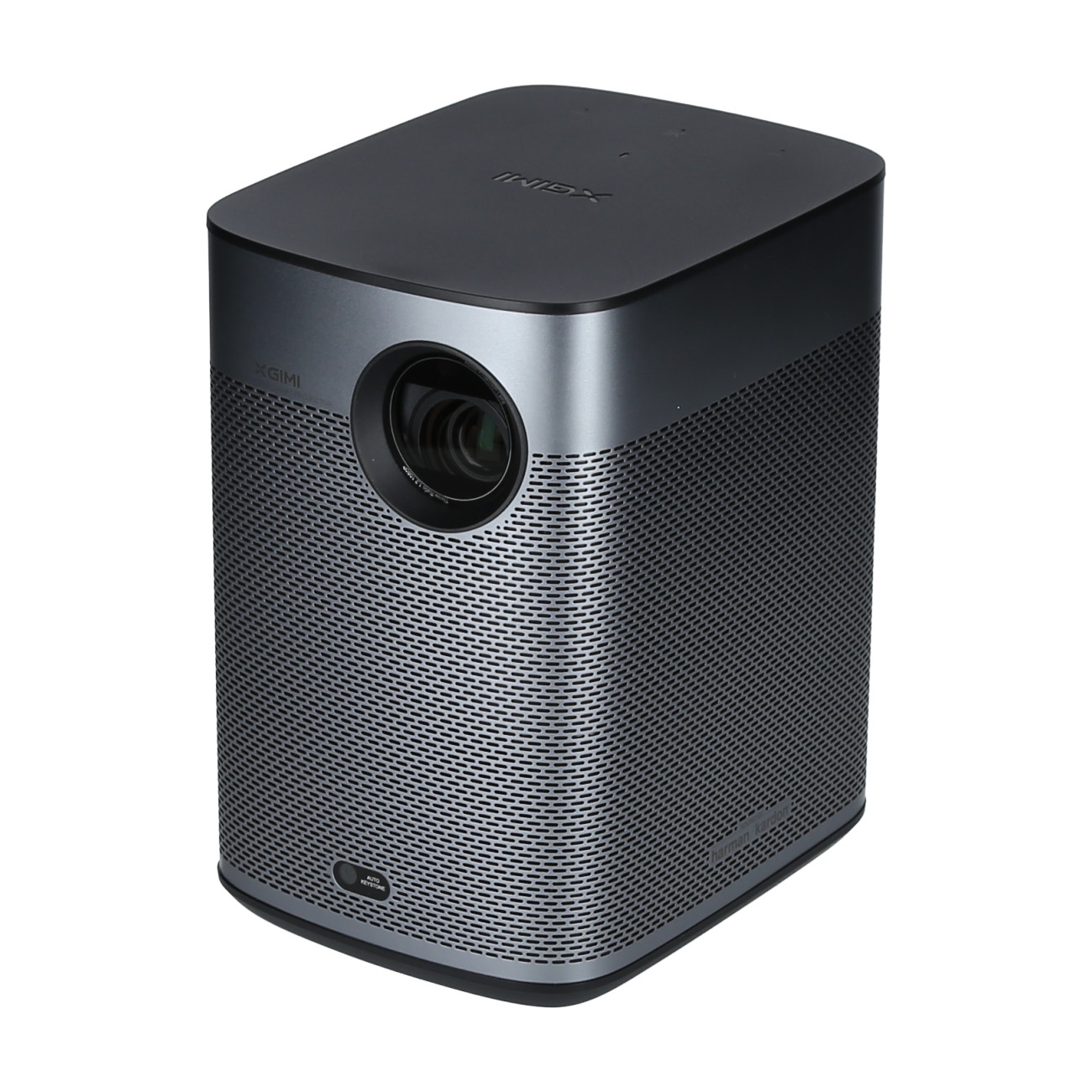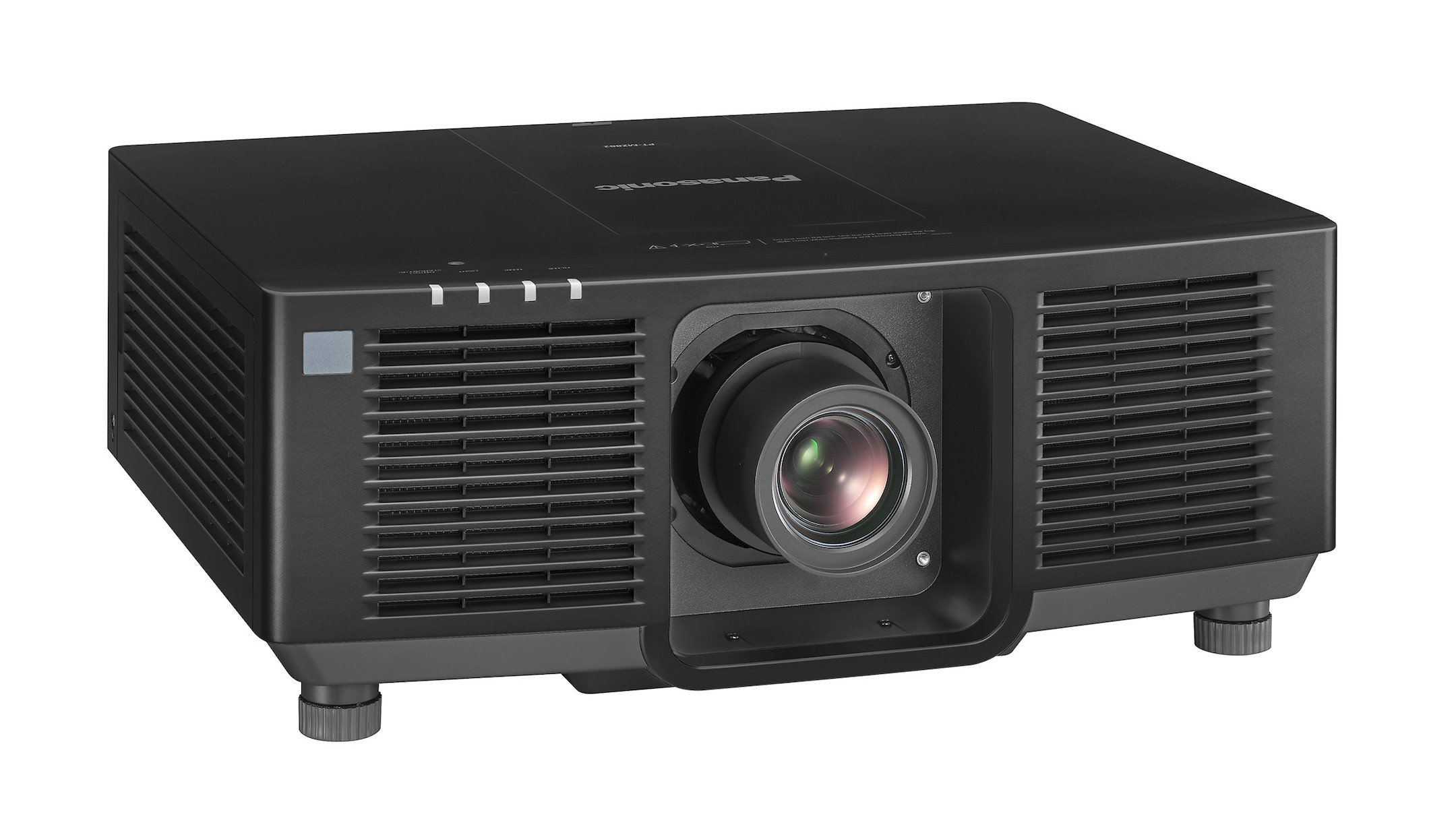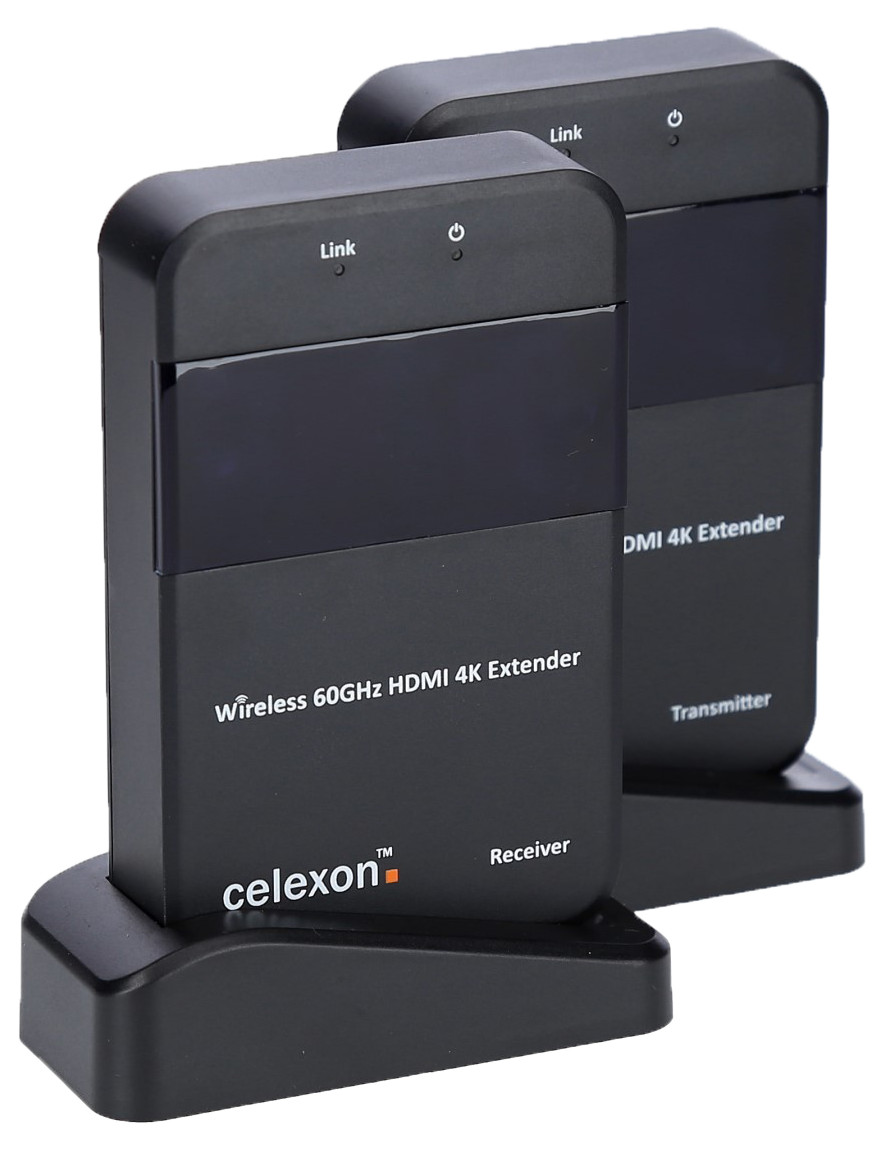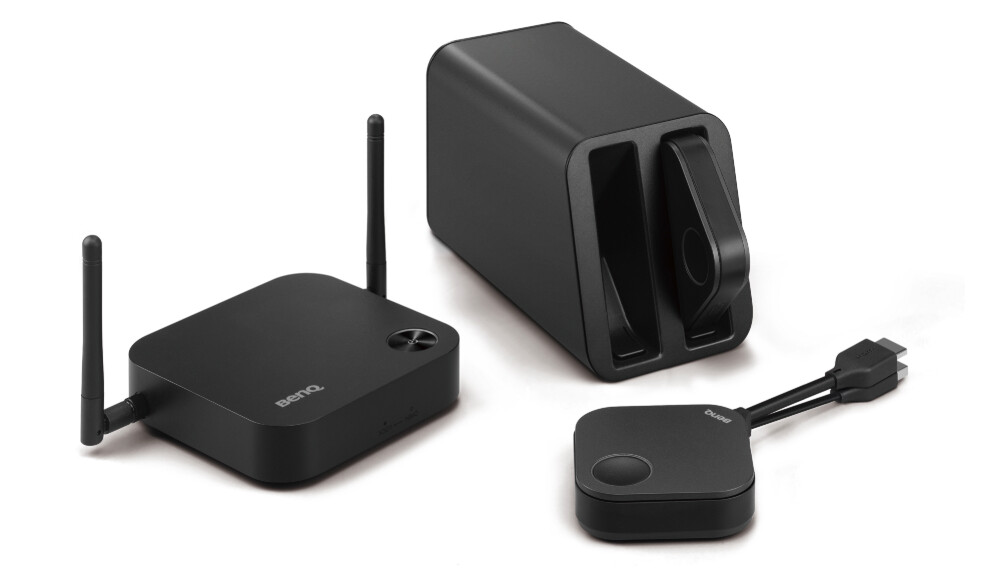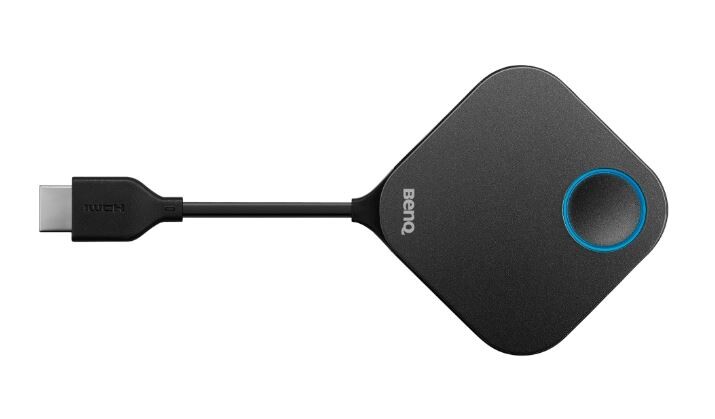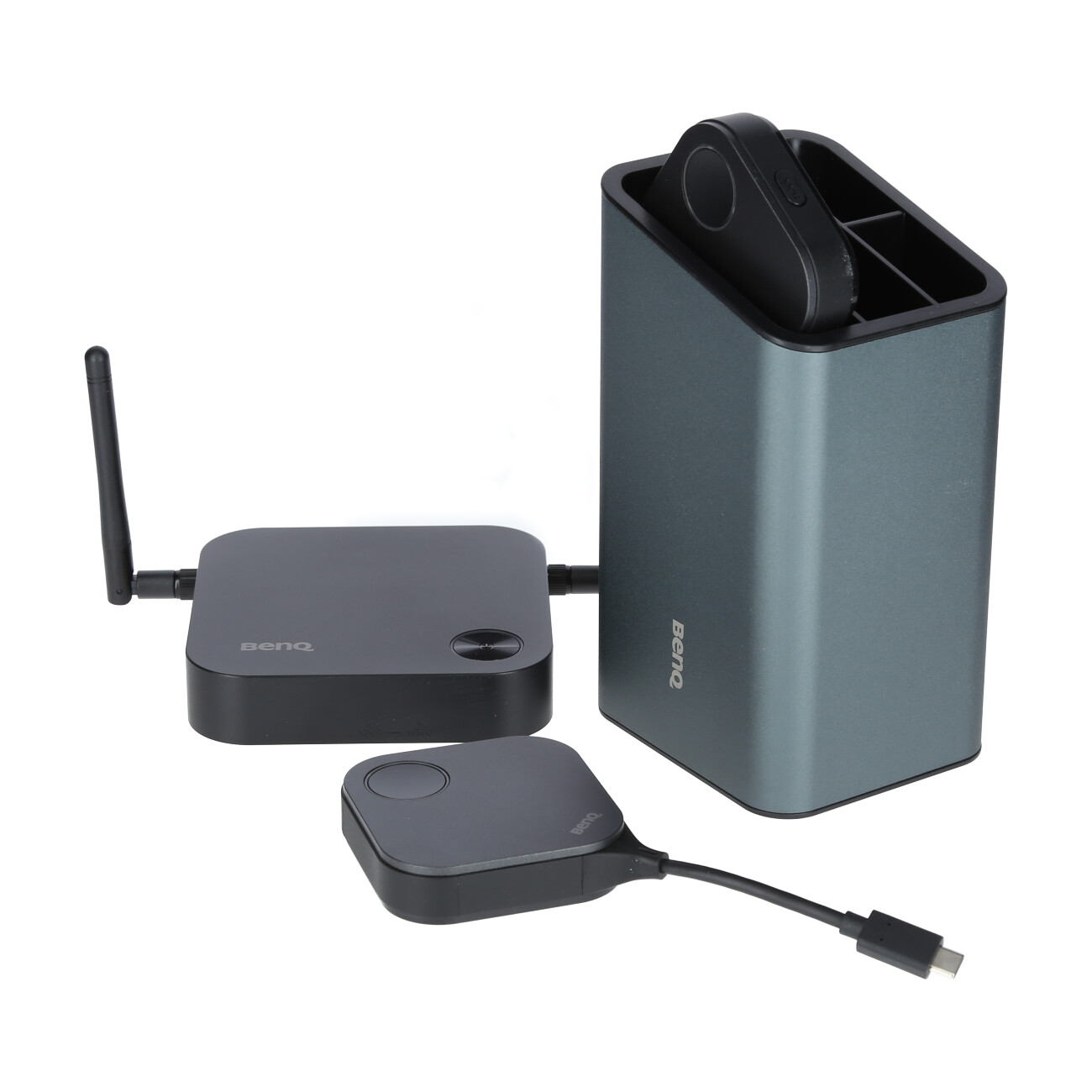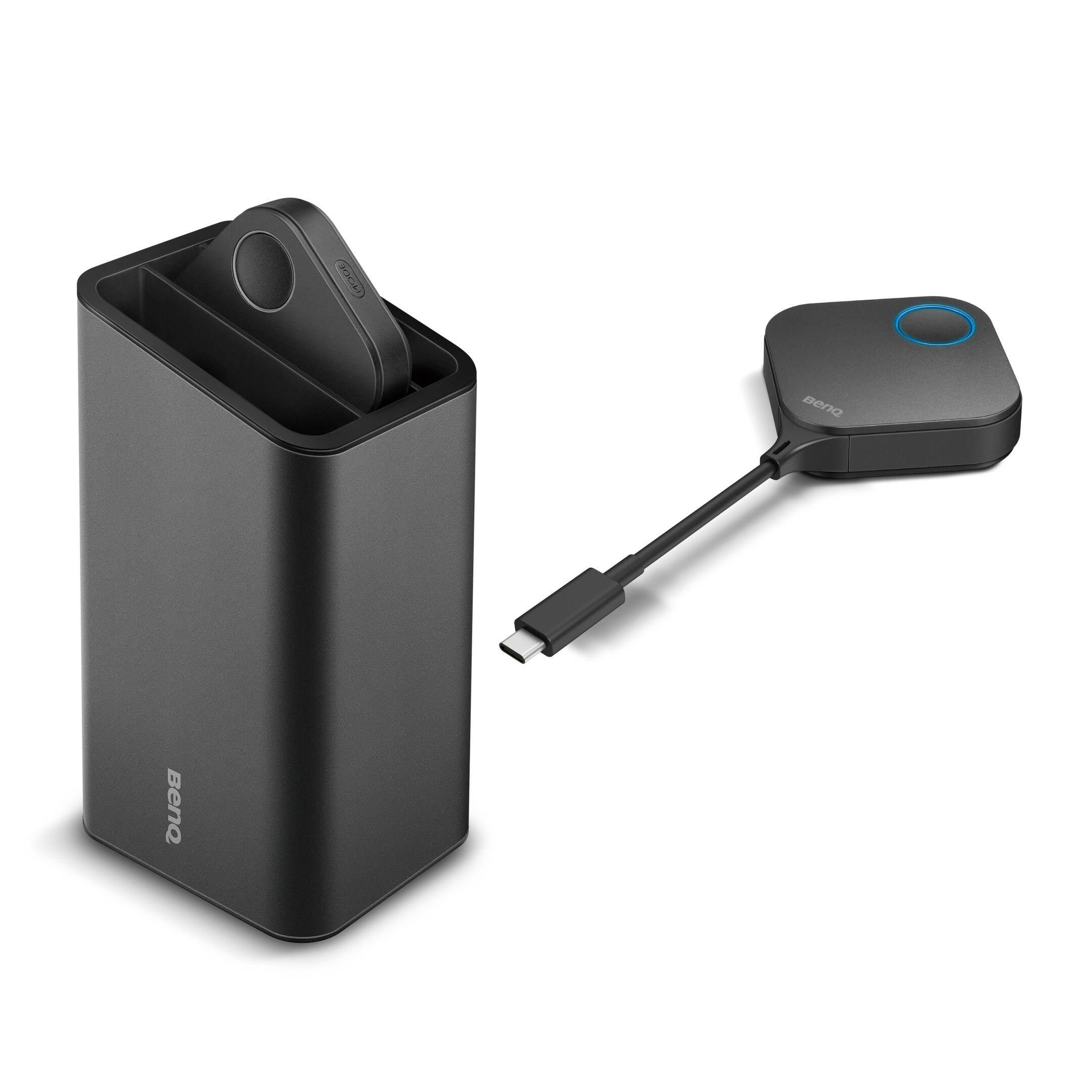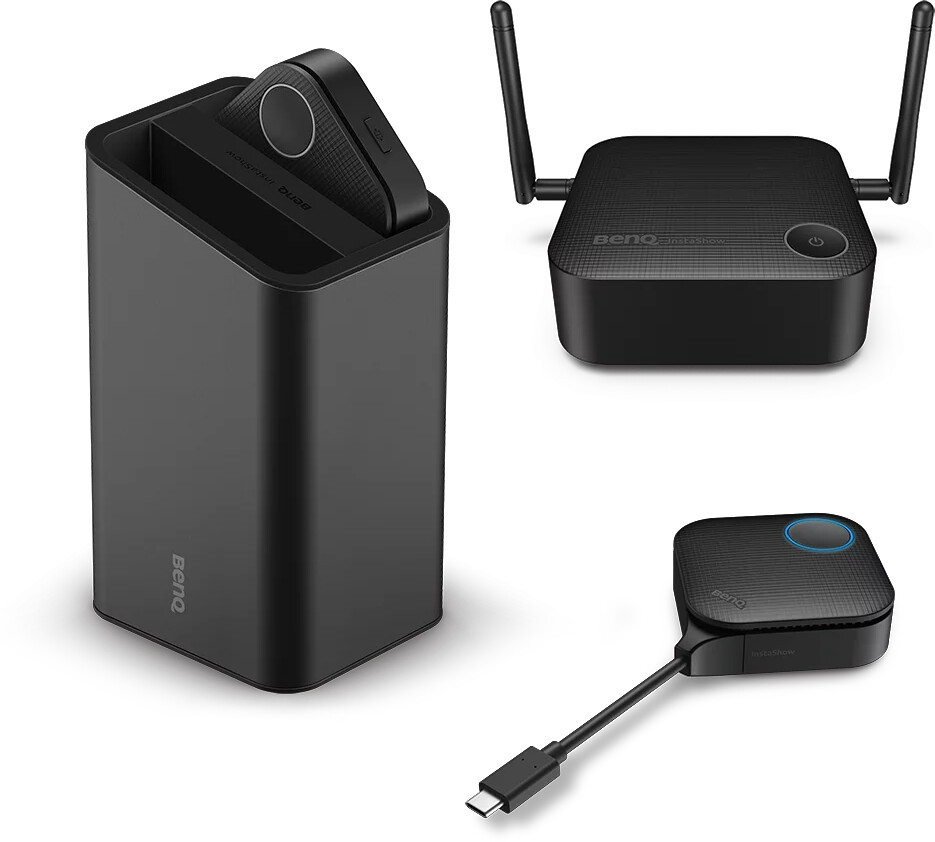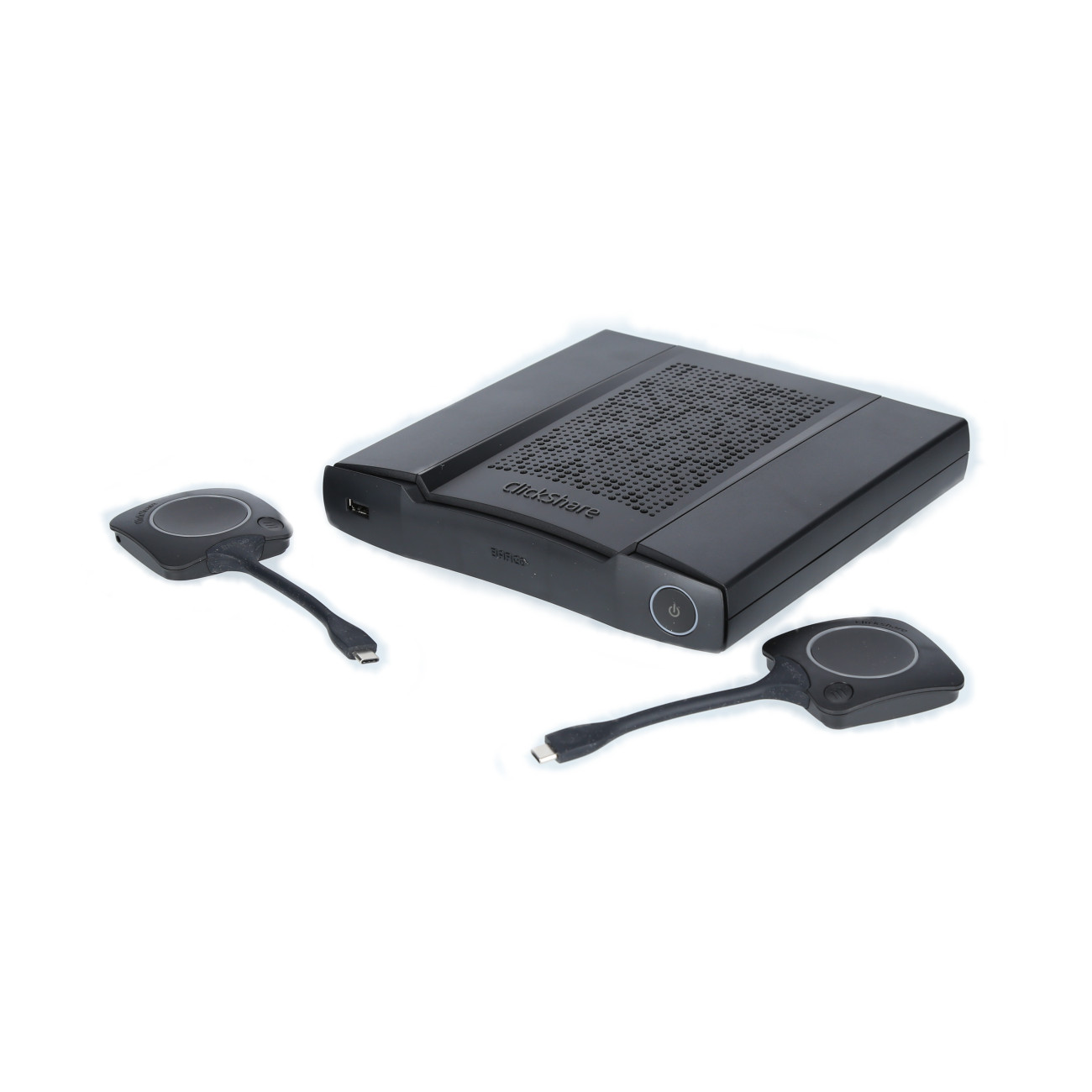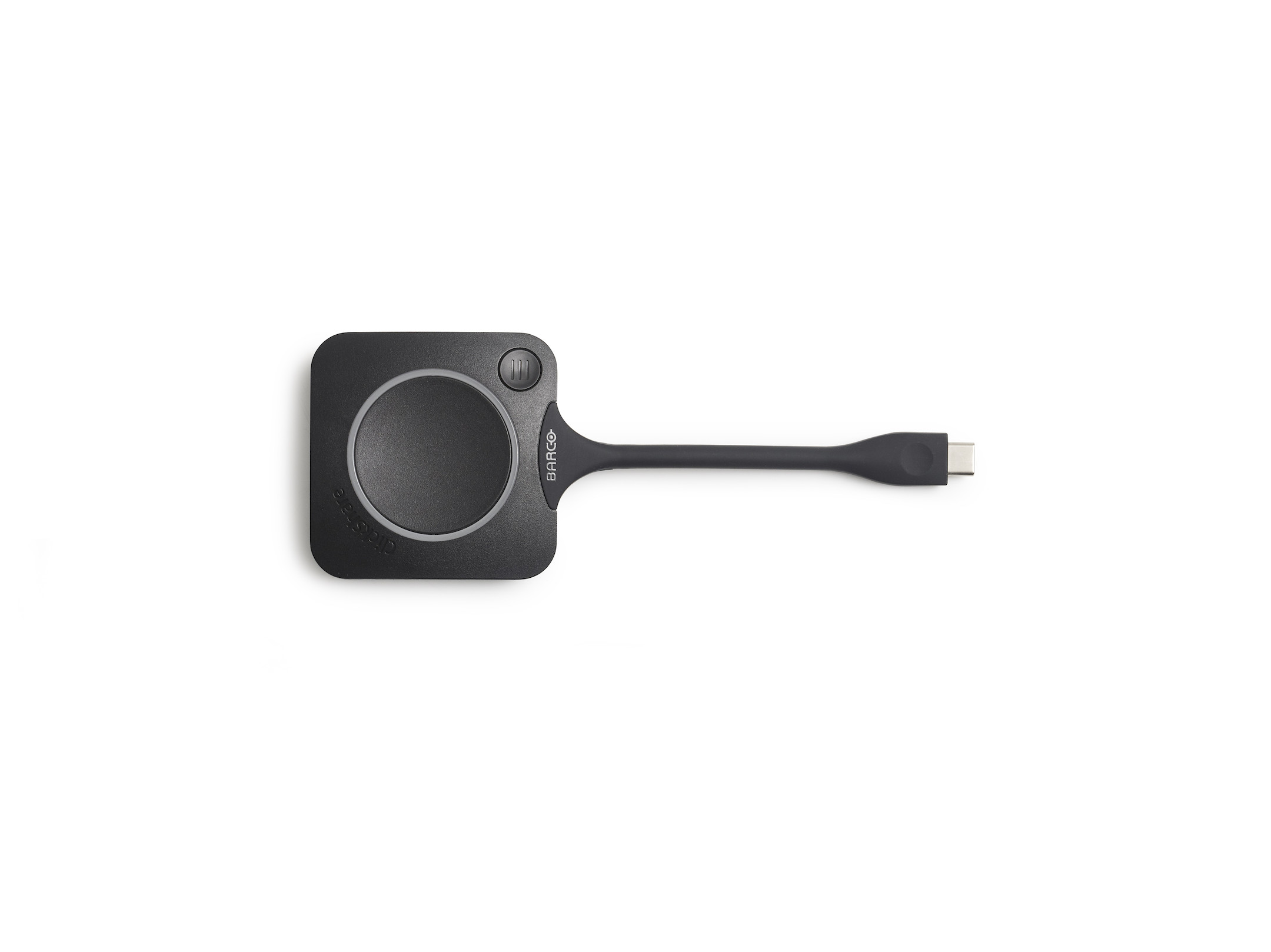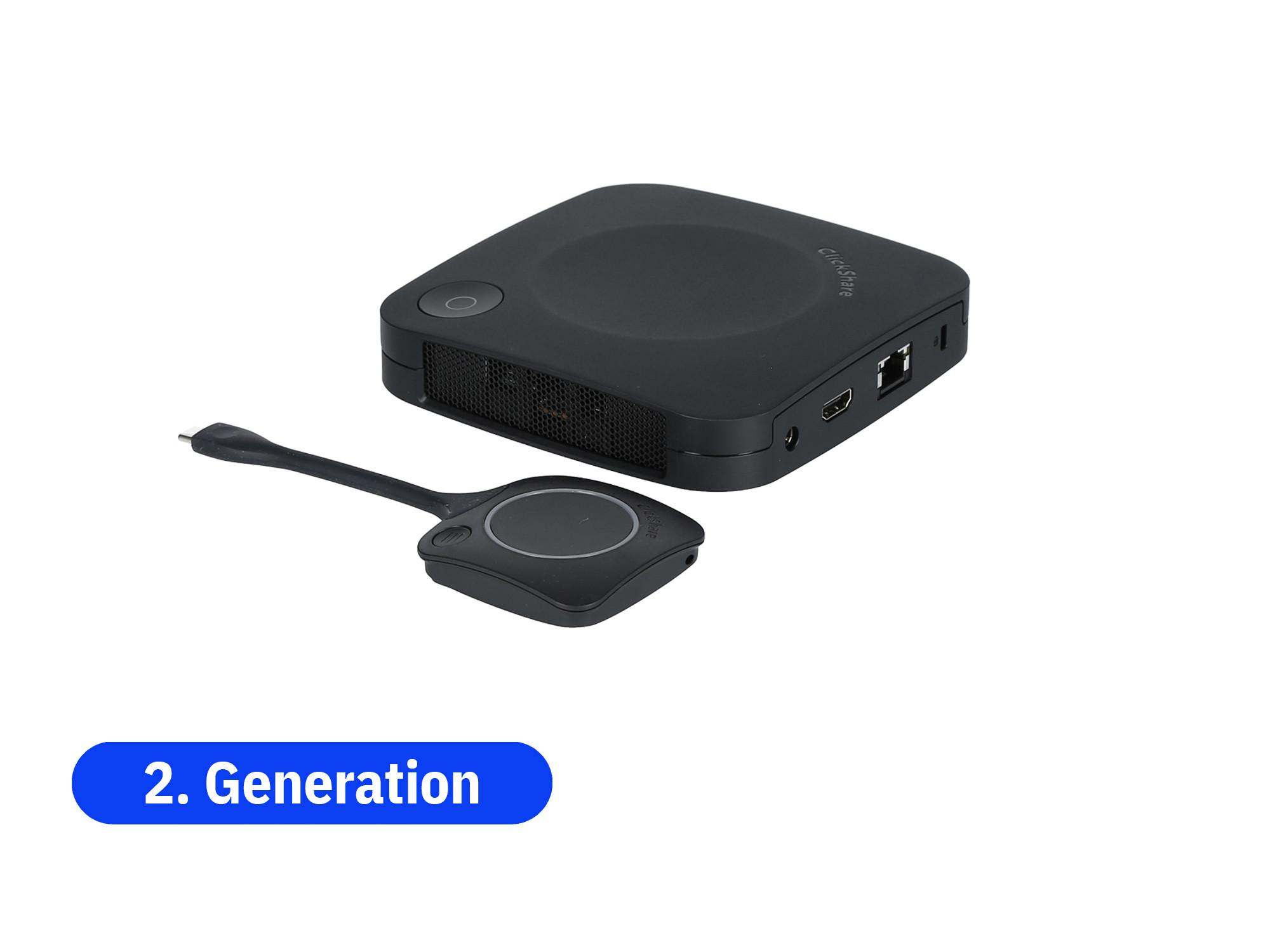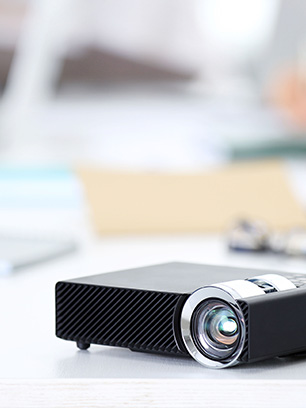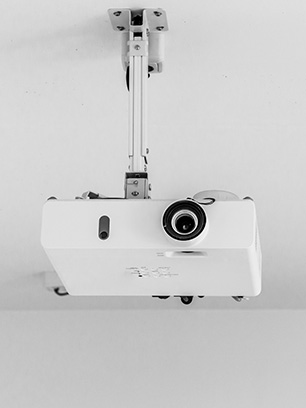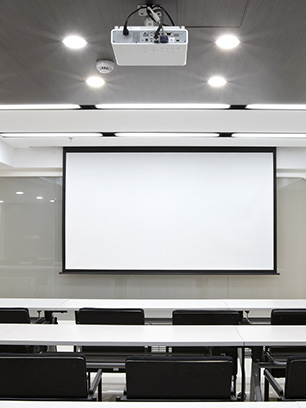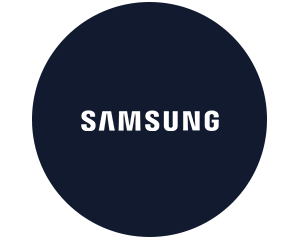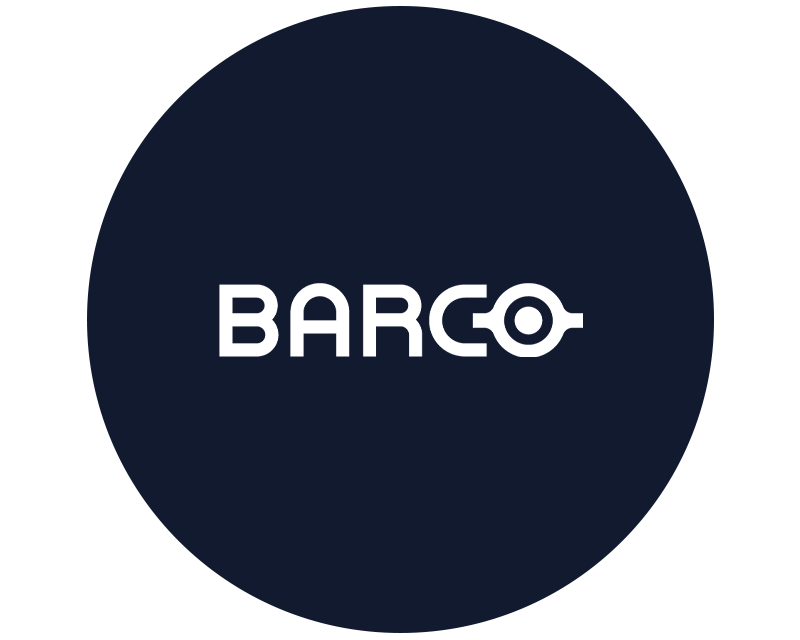Many projector manufacturers equip their projectors with WLAN. A feature that is gaining more and more fans in the home cinema and business sectors. What is the secret of a wireless projector? We reveal the advantages and disadvantages.
Advantages and disadvantages at a glance
Projectors with WLAN are becoming increasingly popular. This is not least due to the fact that more and more WLAN projectores are being fed with content wirelessly from a smartphone or tablet.
Our WLAN projector highlights
How to make your projector WLAN-capable
You have 2 options for a wireless connection to the projector:
The two ways of connecting:
Project smartly: From smartphone or tablet via Miracast
Miracast is a screencast standard. It allows streaming of audio and video content from mobile devices such as tablets and smartphones. For example, you can conveniently stream videos from your smartphone to a Miracast-enabled projector via Miracast. For this, your mobile device should also be Miracast-enabled. The situation is similar with WiDi (Intel Wireless Display).
Here it is even possible to stream from a device with a WiDi driver to a projector with Miracast support. Miracast and WiDi both support video resolutions up to 1920 x 1080 pixels (Full HD).
Wireless HDMI Sets: Experience Wireless Full HD
In addition to normal WLAN transmission, which can be used with a projector via USB dongle or MHL adapter, more and more projectors offer a wireless HD solution that can be purchased as an option.
This solution usually works on an HDMI basis and is either supplied with power via a separate power supply unit or via an MHL-capable HDMI connection. The wireless HD solution uses a transmitter and a receiver. The transmitter is usually connected to the source via HDMI. You can use a Blu-ray player, notebook, game console or set-top box as the source.
This solution usually works on an HDMI basis and is either supplied with power via a separate power supply unit or via an MHL-capable HDMI connection. The wireless HD solution uses a transmitter and a receiver. The transmitter is usually connected to the source via HDMI. You can use a Blu-ray player, notebook, game console or set-top box as the source.
Acer Wireless HD Set
The Acer Wireless HD Set consists of a transmitter and a receiver. In this case, the signal is transmitted via a 60 GHz connection, which ensures good transmission strength.
The transmitted signal can be up to 1080p / 60f. This also includes 3D compatibility. The transmission itself takes place at up to 4 gigabits per second, and without compression. Thus, the Acer Wireless HD Set is not only suitable for the Acer Hidden Port models, but also for all other projectors with HDMI connection. You then only need a power source for the receiver. A solution like the Acer Wireless HD Set makes the projector WLAN capability even more interesting - especially for home entertainment!
Acer Hidden Port Design
Acer goes one step further than other manufacturers when it comes to WLAN. Usually, the dongle is connected to the back of the projector - regardless of whether it is USB or HDMI. Now Acer has taken the step to so-called "Hidden Port Design" with the Acer H7550ST projector.
This design offers an MHL-capable HDMI port hidden in the projector's housing and a USB cable for powering a non-MHL-capable dongle. The small connection box is closed again by the top cover after installation. This solution is not directly visible, which has a positive effect on the projector design. It also protects the dongle from unauthorised access.
In addition to the HDMI connection and the USB cable in the hidden port box, the projector models described above also offer the same interfaces on the back. This means that you can even use them in two ways. For example, you can insert a Google Chromecast dongle into the projector and connect an Acer MHL or Wireless HD adapter via HDMI on the back. These match the design of the projector even better. In terms of Wi-Fi, the projector can even be equipped with two interfaces that can be selected separately.


